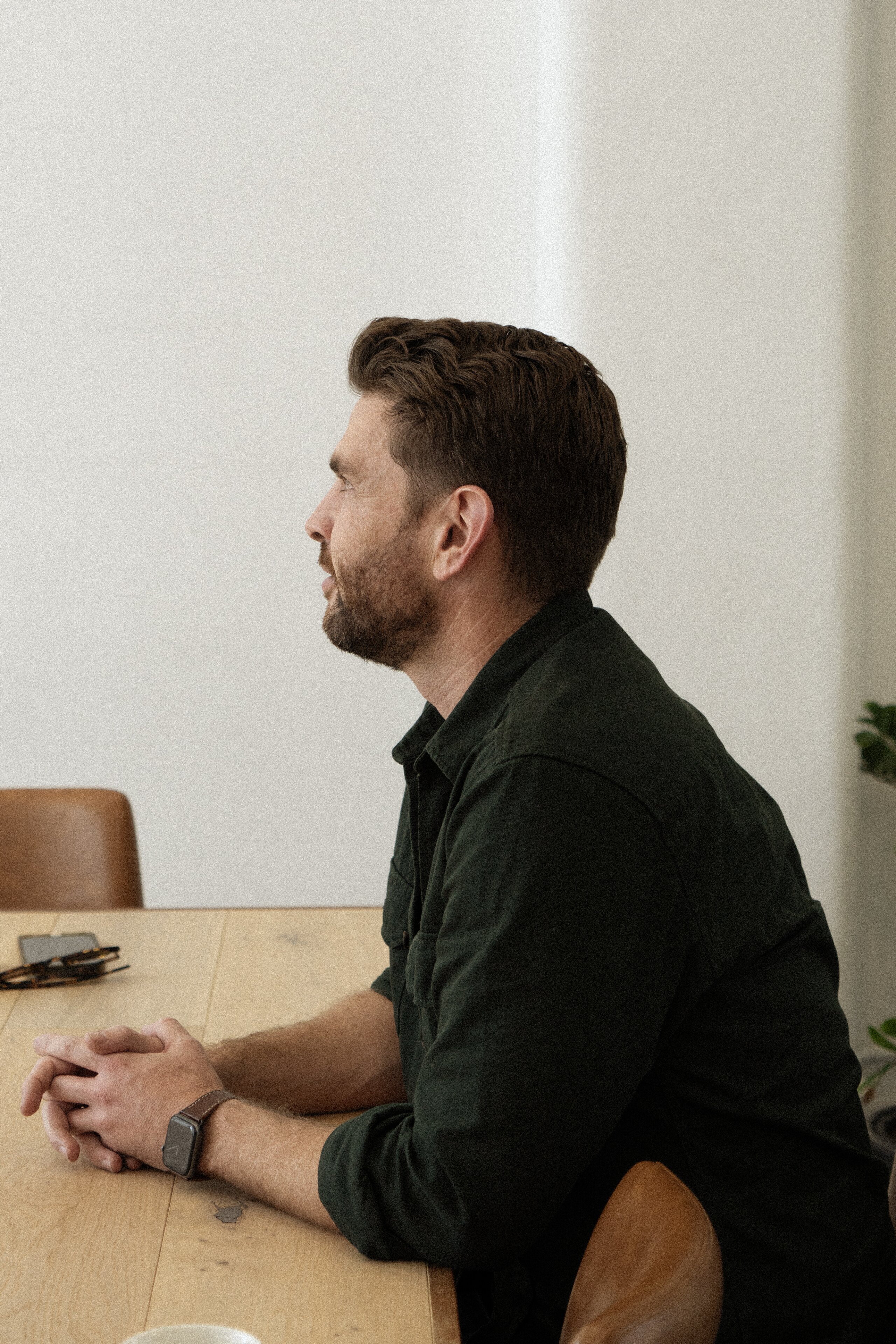The next 3 minutes of reading is for you. To push yourself - your knowledge of brand, critical thinking on it and your awareness of the brand bucket (yep, we'll get to that).
But first let's start with the basic on what a brand actually is.
What is brand?
The most obvious (and very incorrect) answer to this is the logo. Your average Joe Blow associates brand with the visuals - logo, typography, packaging, business cards, you get the gist. It's something on the list of startup mentality that needs to get 'done'. A fixed things, with a set of deliverables. How wrong that is.
This perception on brand is pretty limited. Sure the logo is important, but it's a vessel for everything else. The 'else' part is what's harder for Joe Blow to wrap his head around.
Okay, but what is brand really?
To put simply - it's an emotion; an undercurrent of response. What do people think and feel when they see your business?
Brand is also about trust and sentiment. Focusing purely on the visuals (as Joe Blow may do) doesn't consider the bigger picture emotions.
Your brand is a bucket. Every single touchpoint the community has with your brand is extracting something from that bucket and adding to that undercurrent of feeling. The visuals are just one of many tools in that bucket to create, evoke and support that undercurrent of brand feeling.
Here's the catch - the bucket has no bottom. It's not set and forget. It's a fluid, living breathing thing.
Peoples perceptions change, our environment changes, your business offering and value points change. As too should your brand.
It's all about the layers
Onions have layers. So do brands. Too corny for a Shrek reference? Anyway the point stands true. Let's break it down:
#1 Positioning
First you have the clarify the foundations of your business. Your values, mission statement, purpose, unique service offering, all that jazz. What are you trying to say and how will you say it? This foundational positioning should be your baseline for value in general, but specifically against your competitors. Why you and how are you different?
To be honest, this usually aligns with the founders goals and what drives the business to begin with. Owners answer these questions with their own thoughts, because at the start they often do reflect the brand. However we challenge you to challenge them! Brand positioning is all inclusive and should consider multiple perspectives, people and departments. Incorporate these perspectives and discuss them with the team before you land on one. You'll probably uncover some interesting or unexpected outcomes.
#2 Messaging
The basics
To put simply, messaging is the core things you want to communicate with a clear mission and purpose.
We're sure most staff can chat through what they do and how they do it over a water cooler convo. But how many can distill it down into a few key points that's communicated well? People are fickle, you need to hold attention in this digital landscape. Be direct and clear but in a compelling way.
Shaping these core messages also forces your hand in many ways. You have to prioritise and organise multiple points in a hierarchy. Often the homepage of your website is a culmination of that - whether that hierarchy was subconscious or intentional (we always push for the latter and so should you).
Are you being honest?
Now that you've got that defined, we have to extend past just what you're saying. It's how you say it and whether you mean it.
Messaging is holding up a mirror to the brand itself and communicating in a genuine way.
Good copywriting considers the tone of voice and personality behind your brand. How does this tie into a broader brand narrative? Don't just say or write it. Mean it - show authenticity and honesty.
People will see right through your brand if doesn't connect with each layer in your bucket or narrative. Consistency is crucial! Each of these layers needs to add up without a disconnect.
Take Ply for example. We keep things pretty conversational in our writing (case in point) because that's what we're like in real life when smashing client goals and managing projects. No point in hiding it. Plus it makes reading stuff like this more engaging, authentic and real. People respond to genuine humanism.
If you do this well to begin with, then your core messages, tone of voice and personality are sustainable. We have clients who still use the messaging we worked on 5 years ago.
#3 Identity
Okay so now we're allowed to get into the brand identity. Joe Blow it's your time to shine! We're talking all the obvious things. The good looks part of your brand.
As we hope you know or realise by now, it not just the 'logo' or one single visual though. It's a culmination of your entire visual identity from colours, styles, typography, icons, illustrations and graphics.
It's kind of scary how a simple change of font or typeface can pivot the entire feeling towards a brand. Take the traditional Sans Serif font family. It's formal and oozes authority, grandeur and legitimacy. Often used by companies looking to build trust and respectability.

On the other hand you have ol' mate Slab Serif fonts which are bold, confident and solid. We could go off on a deep tangent into this, but it's been done for us by Fabrik.

Implementing your brand bucket (and why you should care)
We're sure you can gather by now that all of these layers are important. Let's use a reference to really cement things. Take your website as an implementation example.
These days, it's often the first touchpoint or impression a customer has with your brand. We said it before and we'll say it again: people are fickle and attention is sparse (specifically online).
Your website should immediately share your visual identity and lay the foundations for evoking the right emotions from your customers. Then once you dig a little deeper, it quickly goes beyond the visuals and customers can get a sense of your narrative. Your well constructed messaging shares a story, educates and is raw and authentic. No bull shit - people will see through it.
For online retailers, this is where your customers actually make their end purchase decision - aka you don't wanna screw things up during this first impression.
Stop reading and think
Almost. Just read the next paragraph and then it's onto you.
So how do you strengthen each layer of your brand bucket? First you have to identify them. Come up with 5-10 things that influence your brand identity. This could be:
Your people and team culture
Your physical office space or location
Your assets - website, emails, socials, print materials, packaging
Your way of communicating - online versus offline; phone versus in-person or livechat
Your service or product output
Your actual value, missions, process, offering.
Don't just pick the easy ones. Think of something you mightn't have considered before.
We want you to break it apart - think about them uniquely as a choice surrounding your brand. Analyse how your community feels about them now and where you'd like that to be. FYI that community shouldn't just be your end customer. It includes your employees, partners, industry colleagues, potential and past customers.
Now you know the three key brand pillars. How can you influence them?
Hungry for more? Have a listen to this topic on our podcast Layers.
Available on Stitcher, Apple Podcasts, Spotify & Soundcloud.

